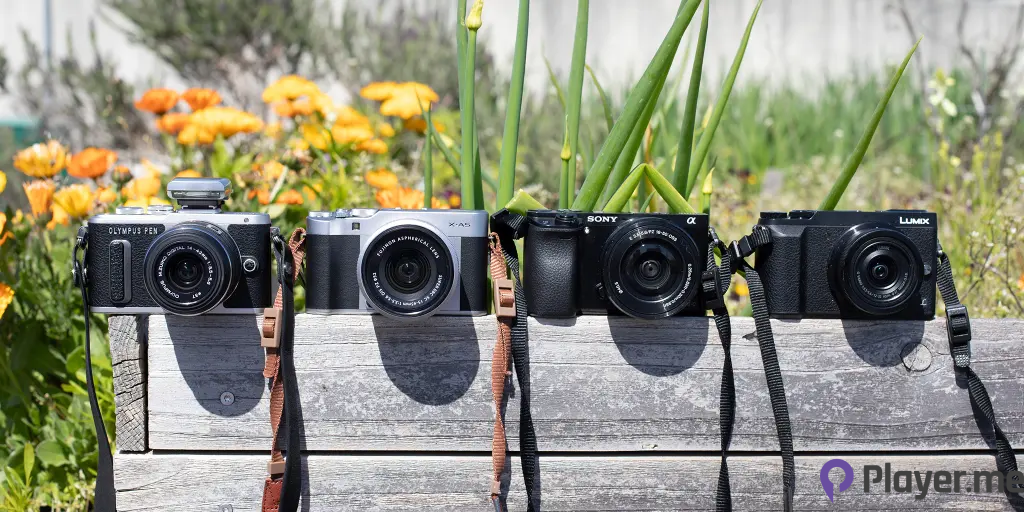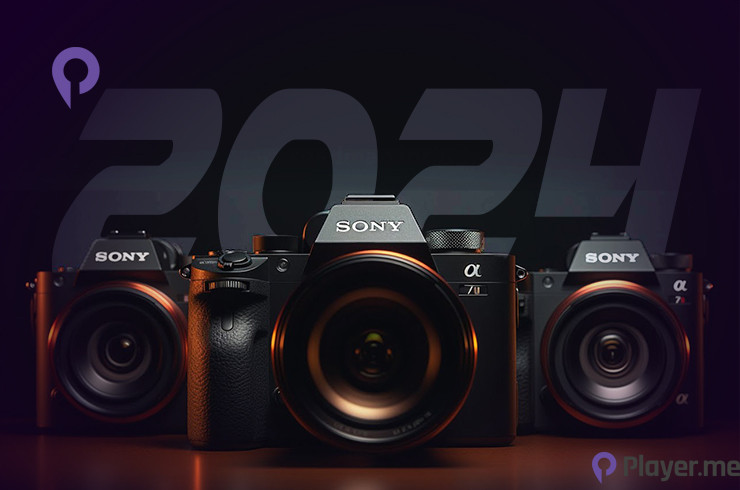Every technology has its advantages and disadvantages, and this holds true for the prevalent generative AI, which introduces the escalating concern of manipulated and fake images. According to Sony, this represents a potential challenge to public trust in authoritative news sources. To tackle this issue, the tech giant has introduced a new feature – Sony’s in-camera digital signature, set to be embedded into photos as they are captured.
Sony’s In-Camera Digital Signature = Birth Certificate for Images
Sony’s in-camera digital signature, generated within the camera during the capture process, acts as a verifiable authenticity mark, differentiating authentic photos from AI-generated or manipulated ones. This in-camera signature, along with the Coalition for Content Provenance and Authenticity (C2PA) authentication, is specifically crafted for professionals and news agencies, aiming to bolster the credibility of their content. Presumably, the image files are expected to contain a wealth of metadata, detailing information such as the timestamp of the photo, any subsequent edits made, and the specific camera model utilised during the capture.
Also Read: Sony Unveils Its Latest INZONE Buds for Enhanced Gaming Immersion
A Real-World Test

A real-world test of Sony’s in-camera digital signature was carried out through collaboration. Sony partnered up with The Associated Press (AP), an American nonprofit news organisation, and Camera Bits, the company behind image sorting software Photo Mechanic.
Sony has concluded thorough field trials of the cutting-edge in-camera authentication technology. The technology withstood the metadata editing process, demonstrating its strength and dependability. The successful completion of the field test included rigorous evaluations of the digital signature and C2PA technology within the framework of an actual photojournalism production workflow.
The specifics of the testing process remain undisclosed, as Sony has not provided any details apart from confirming the completion of the testing last month. While the exact details are unknown, it’s possible that journalists from the Associated Press utilised cameras equipped with the new feature during their assignments.
Also Read: Some of the Weirdest Generative AI Use Cases Just Got Weirder: Here’s Our Top 5 Picks
When Will Sony’s In-Camera Digital Signature Be Released?
Sony intends to introduce this functionality to its camera lineup, including the recently revealed Alpha 9 III, Alpha 1, and Alpha 7S III, through a firmware update expected in Spring 2024. By implementing these proactive measures, the company seeks to establish a digital content environment where authenticity is a key and easily verifiable aspect.
You Might Also Be Interested In: Sony Makes Blockchain Move as Japanese Firms Flood to Web3 Space
Is Sony’s In-Camera Digital Signature the First to Introduce This Technology?

Sony is not pioneering the concept of in-camera authenticity technology. In late October, Leica introduced its own “Anti-AI” camera, the M11-P rangefinder. This camera imprints every photograph with a Content Credential label, providing information about the date it was taken and any edits made. However, the high cost of over $9,000 limits the accessibility of this anti-AI technology.
In contrast, Sony’s Alpha trio, including the newly announced Alpha 9 III, Alpha 1, and Alpha 7S III, is more affordable, making it accessible to a broader audience. Notably, Sony offers the digital signature patch for free. By reducing the cost barrier, Sony aims to encourage wider adoption of anti-AI software. This move may inspire other companies to develop their versions of anti-AI technology for mid-range cameras and potentially even smartphones.
An Emerging Trend on the Horizon

Generative AI is emerging as a prominent trend due to its transformative impact across various industries. Its ability to generate content, including images, text, and even entire applications, has led to advancements in creativity, efficiency, and automation. In the realm of art and design, generative AI allows for the creation of unique and diverse visual content, challenging traditional notions of human creativity. In business and technology, it facilitates the rapid development of applications, streamlining processes and enhancing innovation.
However, the rise of generative AI also raises concerns about authenticity and ethical use, prompting the development of countermeasures such as anti-generative AI technologies to ensure the integrity of digital content, specifically in the media industry.
The adoption of anti-generative AI measures can be seen in the field of photography as an emerging trend. The measures are taken with the aim of preserving the authenticity of images in the age of advanced digital manipulation. These anti-generative AI measures can be seen in Leica’s M11-P rangefinder, and this most recent one from Sony, Sony’s in-camera digital signature which distinguishes genuine photographs from those generated or manipulated by AI.
Some Thoughts

The disclosure of generative AI’s drawbacks underscores the significance of authentic visual content in preserving trust in digital imagery. This revelation may indicate a broader trend within the photography industry. The implementation of anti-generative AI measures serves as a countermeasure to the implications introduced by generative AI, aiming to strike a balance in the landscape of visual content and end the chaos brought by generative AI.
Examining the drawbacks associated with generative AI prompts individuals to engage in more profound contemplation about the implications of AI advancements. While the development of AI is undeniably thrilling and offers numerous possibilities, it is crucial to acknowledge the dual nature of every innovation. AI introduces ethical concerns that could pose potential threats to humanity. In the journey of AI development, contradictions are unavoidable, but developers and relevant authorities are diligently working to strike a balance and address these issues, aiming to maximise the benefits of AI while minimising potential threats for the betterment of humanity.
Author Profile
Latest entries
 GAMING2024.06.12Top 4 Female Tekken 8 Fighters to Obliterate Your Opponents in Style!
GAMING2024.06.12Top 4 Female Tekken 8 Fighters to Obliterate Your Opponents in Style! NEWS2024.03.18Elon Musk’s SpaceX Ventures into National Security to Empower Spy Satellite Network for U.S.
NEWS2024.03.18Elon Musk’s SpaceX Ventures into National Security to Empower Spy Satellite Network for U.S. GAMING2024.03.17PS Plus: 7 New Games for March and Beyond
GAMING2024.03.17PS Plus: 7 New Games for March and Beyond GAMING2024.03.17Last Epoch Necromancer Builds: All You Need To Know About It
GAMING2024.03.17Last Epoch Necromancer Builds: All You Need To Know About It





